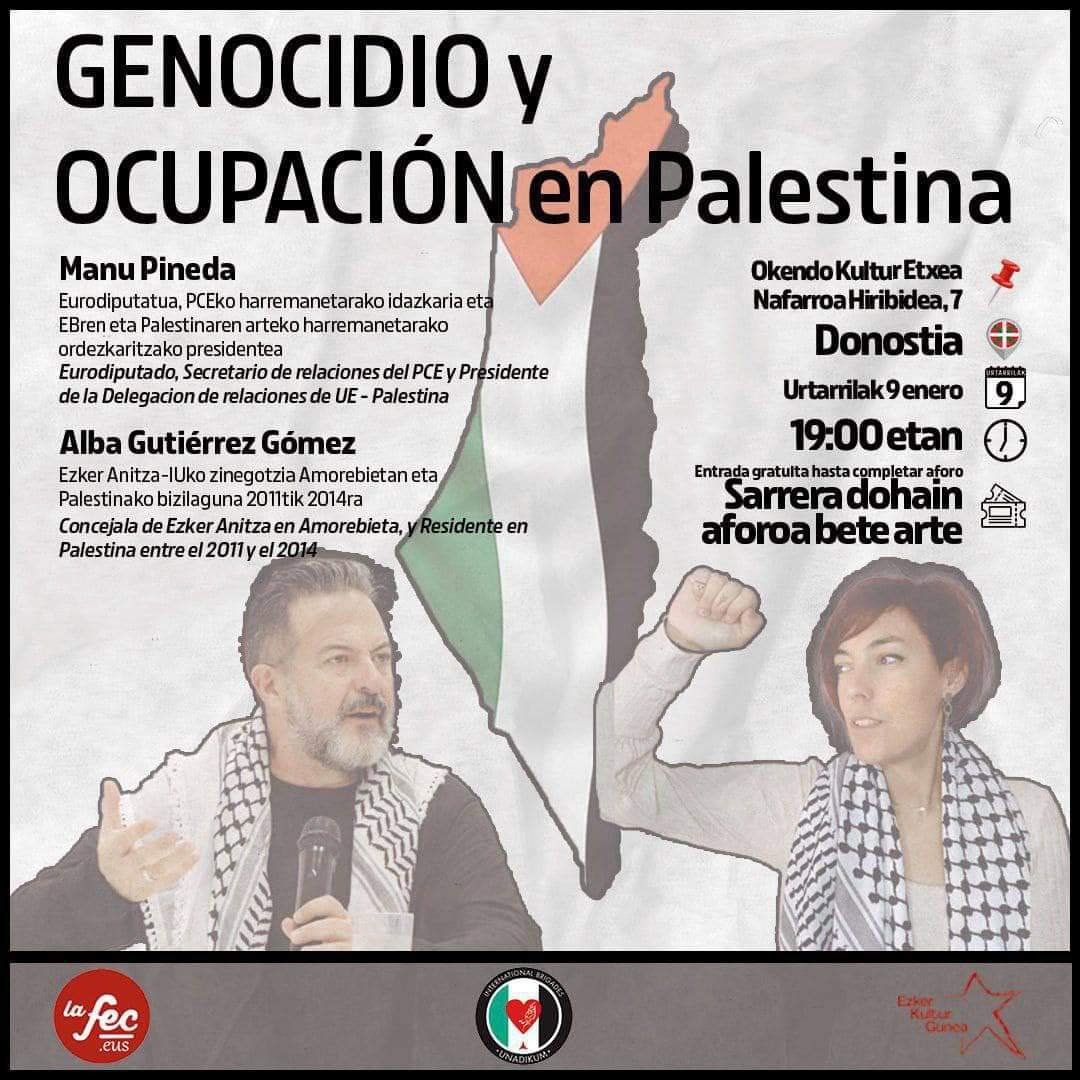Archie Bland
The situation in Gaza over the last three months has been so chaotic that much of the data available comes with some sort of asterisk: it might be incomplete, or out of date, or drawn from a source that is claimed to be unreliable.
But on even the most frequently disputed point – casualty figures from Gaza’s Hamas-run ministry of health – there are few plausible critiques of the broad scale of what is being shown. And in many cases, the numbers published by the UN, independent aid agencies and others are likely to be at the low end of the possible range. So it is reasonable to view the picture presented by these sources as a conservative account of the situation, rather than conclude that the reality is hopelessly occluded by the fog of war.
Here are some details on specific aspects of the crisis.
Deaths
Gaza’s ministry of health says that at least 22,835 Palestinians had been killed by yesterday, with another 58,416 reportedly injured. That figure does not distinguish between combatants and civilians, but an estimated 70% are women and children. About 7,000 more are reportedly missing and most are likely dead.
Israel’s final count for Hamas’s 7 October massacre is 1,139: 685 Israeli civilians, 373 members of the security forces, and 71 foreigners. Deaths in Israel since then bring the total to about 1,200. Thirty-six of the victims were children. The Israeli military says 174 soldiers have been killed in Gaza, and 1,023 injured.
Because Gaza’s ministry of health (MoH) is run by Hamas, the tally it provides has been repeatedly questioned by Israel. But last month, when the MoH figure was 15,899, a senior Israeli official confirmed a reported Israeli estimate of 5,000 dead Hamas militants and roughly twice as many civilians, giving a similar total of 15,000. (An IDF spokesperson called that ratio of two civilians to one combatant “tremendously positive”.) The MoH’s track record across multiple conflicts is broadly consistent with other sources: for example, after a short war between Israel and Hamas in 2014, it gave a figure of 2,310 dead, while the UN later arrived at an estimate of 2,251 and Israel put it at 2,125.
The 22,835 dead represent about one in a hundred of Gaza’s total population. They have been killed at a rate of just under 250 a day (an average that has come down a bit in the last few weeks). It is not known exactly how many of those killed were combatants, but Israel’s own ratio would suggest that on average, more than 160 civilians have died each day.
That is a much faster rate than in other broadly comparable recent conflicts. The US-led coalition fighting Islamic State in Raqqa killed 20 civilians a day during a four-month offensive, the BBC reported, while the nine-month battle for Mosul between US-backed Iraqi forces and IS killed fewer than 40 civilians a day.
Internal displacement
Because of the scale of the crisis, it is hard to maintain precise figures. But by the end of the year, the UN Palestinian relief agency, UNRWA, estimated that 1.9 million people had been internally displaced by the war in Gaza – nearly 85% of the population.
Many have been forced to move multiple times as the focus of the IDF campaign shifts. About 1.4 million people are sheltering in UNRWA facilities, with most of the rest staying with friends, family, or strangers, or sleeping rough. About 1 million people – half of Gaza’s population – are now living in and around the southern border settlement of Rafah. About 280,000 lived there before the war began. The Council on Foreign Relations estimated that by early December, only about 1,100 people had been allowed to leave Gaza via the Rafah crossing to Egypt.
To rank the situation in Gaza among the world’s most pressing refugee crises may be moot – but the numbers do suggest that the crisis there bears comparison to those in Sudan and Syria. In Sudan, the International Organisation for Migration says that just under 6 million of a population of 48 million have been displaced by the war between the Sudanese Armed Forces (SAF) and the Rapid Support Forces, which started in April – a much lower percentage of the whole population, but a much higher raw number. The biggest refugee crisis of recent years is the one that unfolded during Syria’s civil war: of a prewar population of 22 million, 14 million have been forced to flee their homes over 12 years, and 6.8 million remain internally displaced with millions more abroad.
Destruction
Figures from the government media office in Gaza cited by the UN Office for the Coordination of Humanitarian Affairs (OCHA) estimate that about 65,000 residential units have been destroyed or rendered uninhabitable. Another 290,000 have been damaged. That means that about half a million people have no home to return to.
Analysis of satellite data cited by the Associated Press suggests that about two-thirds of all structures in the north of Gaza have been destroyed, and about a quarter in the southern Khan Younis area. Across the whole territory, about 33% of buildings have been destroyed. The AP said that the rate of devastation was worse than either the razing of Aleppo in Syria or Russia’s bombing of Mariupol.
That is a reflection of the intensity of the IDF campaign. Data from conflict-tracking group Airwars suggests that the US-led coalition against IS in Iraq carried out 15,000 strikes between 2014 and 2017; the Israeli military has carried out 22,000 in Gaza in less than three months.
Critical infrastructure
While 500,000 people have no home to return to, many more will remain displaced because of the scale of the devastation of Gaza’s crucial public facilities. The World Health Organization (WHO) says that 23 of 36 hospitals had been rendered completely inoperable by 3 January, with a previous count of 3,500 beds down to 1,400 by 10 December amid vastly increased need.
Gaza’s education system has also been severely compromised: 104 schools have either been destroyed or sustained major damage. In total, about 70% of school buildings have been damaged – and those still standing are largely being used to shelter internally displaced people.
Meanwhile, water production stood at 7% of the prewar supply on 30 December, and there is only one shower for every 4,500 people and one toilet for every 220. Those conditions make the spread of disease a very urgent problem: for example, the WHO said on 21 December that more than 100,000 cases of diarrhoea had been reported since mid-October, half of them among children under the age of five. That is 25 times the pre-conflict rate. The WHO says that it expects the number of deaths from disease to eventually outstrip those killed directly by military action.
Humanitarian aid
For two weeks at the beginning of the war, no humanitarian assistance – including food – was allowed into Gaza at all. The flow of aid has gradually increased as the war has gone on, according to figures shared by UNRWA: there were 20 trucks a day in the last 10 days of October, 85 a day in November, and 104 a day in December. But that is still way down on the pre-conflict level of 500 trucks a day.
Humanitarian aid is meanwhile far harder to distribute because of the damage caused by Israel’s bombardment – and 142 UNRWA workers have been killed, while 128 of the organisation’s buildings have been damaged. The World Food Programme (WFP) says that about one in four households are already at risk of starvation, and the entire population is facing food shortages that could lead to malnutrition.
Arif Husain, the WFP’s chief economist, told the New Yorker that famine would follow within six months unless conditions changed. “I’ve been to all kinds of conflicts and all kinds of crises,” he said. “And, for me, this is unprecedented.” There are about 700,000 people in the world currently facing catastrophic hunger, he added; 577,000 of them are in Gaza.
(Source: The Guardian)












